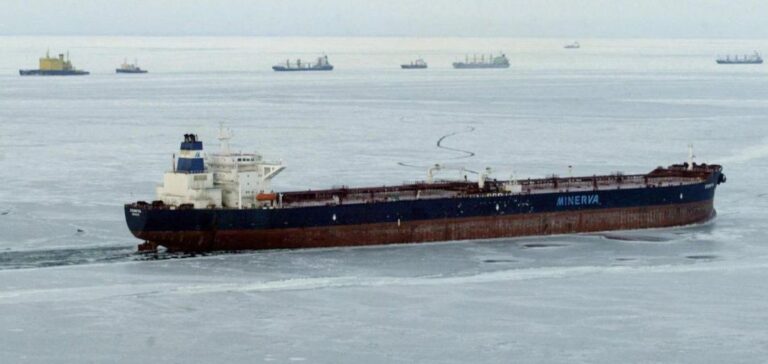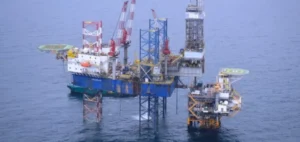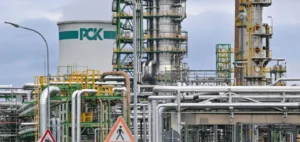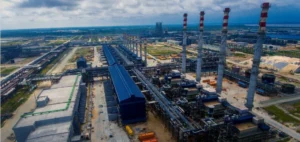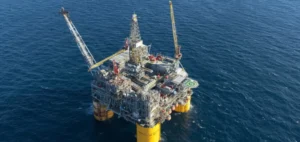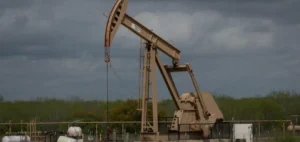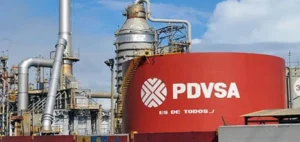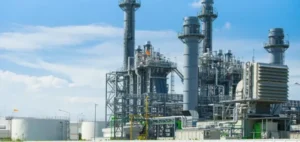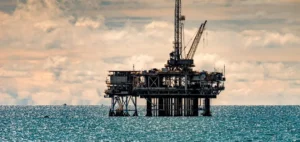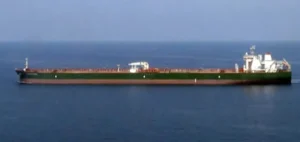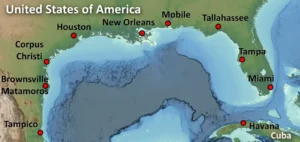Russian seaborne exports of oil products to Asia increased significantly in July 2024, reaching an all-time high of 1.1 million tonnes.
This leap is largely due to the adoption of the Cape of Good Hope shipping route, an alternative to the Suez Canal, deemed safer by Russian shipowners in the face of escalating tensions in the Red Sea region.
Most of the cargo, 0.83 million tonnes, was naphtha.
The remainder included large volumes of low-sulfur fuel oil and diesel, loaded mainly in the ports of Ust-Luga, Vysotsk and Primorsk.
These products were destined for Asian markets, notably Singapore, Taiwan, India and China, which now absorb the bulk of Russian oil product exports due to European sanctions in force since February 2023.
Strategic choice of shipping routes
From December 2023 onwards, Russian traders began to favor the route around Africa to avoid the risk of attacks in the Red Sea. Indeed, several incidents were reported this year, including the attack on the Chios Lion, a Liberian-flagged vessel carrying around 90,000 tons of fuel oil from the port of Tuapse.
To this day, the vessel remains stranded in the Suez Canal after being targeted by drones aligned with Yemen’s Houthi group.
This reorientation of trade routes, although more time-consuming and costly, is a response to the need to guarantee the safety of Russian cargoes.
Assurances given by the Houthis to Russian and Chinese ships in March 2024 have not been enough to allay the fears of operators, who continue to mostly bypass the Suez.
Implications for the energy market
The detour of Russian shipping routes to the Cape of Good Hope has significant implications for logistics and transport costs.
This strategic shift reflects the crucial importance of maintaining export flows to Asian markets, as Russia seeks to compensate for the loss of its European customers due to sanctions.
According to LSEG Shipping data, total shipments of Russian oil products from the country’s western and southern ports reached around 9 million tonnes in July 2024.
Russia’s ability to adapt quickly to these new logistical constraints demonstrates the flexibility of the Russian energy sector in an increasingly complex international context.


